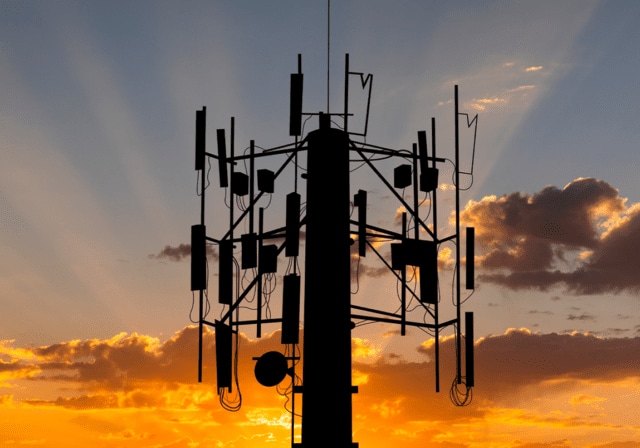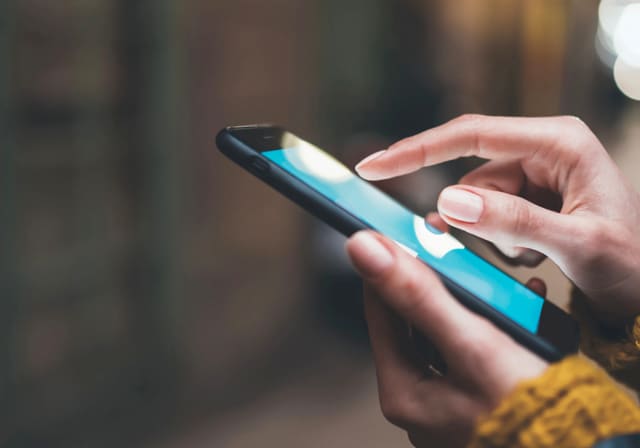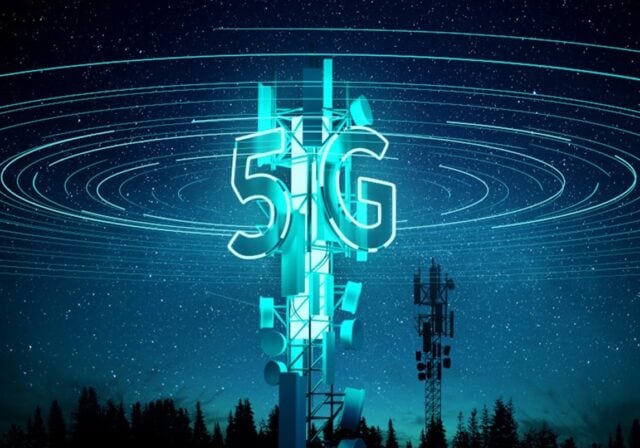What is 3G?
3G is the third generation of wireless technology in a long-line of mobile network standards (1G, 2G, 3G, 4G and 5G). The first commercial 3G network debuted back in 2001 but, for most of us, it really took off in 2007. 3G is the wireless technology that suddenly began to transform our mobile phones into mini-computers—giving us the ability to browse online, download apps, navigate from Point A to Point B and beyond. As with each wireless technology that came before and after it—it was the most advanced version of wireless connectivity available at the time.
Fast-forward to today and 3G seems like ancient history. After all, 5G wireless technology is delivering high-speed, low-latency connectivity to not only our mobile devices, but to all of those handy Internet of Things (IoT) devices we have at home, like camera doorbells, app-controlled lights, smart appliances, voice assistants, security systems and beyond. This leads us to the big shut down.
3G’s Shut Down
As of 2022, an estimated 5-10 million people, mostly seniors, still relied on 3G phones1. But recently, the 3G networks that supported those older devices have been phased-out by most major US carriers, including T-Mobile. It’s not just phones that are affected, either. Things like old medical devices, tablets, smartwatches, and home security systems will eventually stop working, if they haven’t already.
What to Do
So, what types of phones are "safe" from the phase out? Smartphones that came on the market after 2014 (flip phones after 2017) should continue to work. For reference, that’s an iPhone 6 or later and a Galaxy S5 or later.
If you do have a device that’s older than that, your carrier would’ve sent notices reminding you to upgrade to ensure you’re still able to use data and send and receive texts and calls. (The good news is—those notices often included offers for a free replacement device, like a free 5G phone!)
Even if your old phone happens to still work, it’s important to consider the perks of a new 5G phone, which will keep you connected and deliver features like a huge, colorful display, games and apps galore, tons of storage, professional-level cameras and video, the latest and greatest chip, not to mention artificial intelligence (AI) capabilities!
Want to learn more about 5G, including the latest devices and budget-friendly phone plans?
You may also be interested in:
- 5G Benefits
- T-Mobile Coverage Map
- The Latest 5G Phones
- Our 10 Best Cell Phones for Seniors
- Our Best Plans for 55+ Seniors
Sources:
Additional:
https://www.gartner.com/en/information-technology/glossary/5g
https://www.t-mobile.com/support/coverage/t-mobile-network
https://www.t-mobile.com/news/network/goodbye-3g-hello-5g
https://www.fcc.gov/consumers/guides/plan-ahead-phase-out-3g-cellular-networks-and-service
https://www.t-mobile.com/support/coverage/t-mobile-network-evolution





